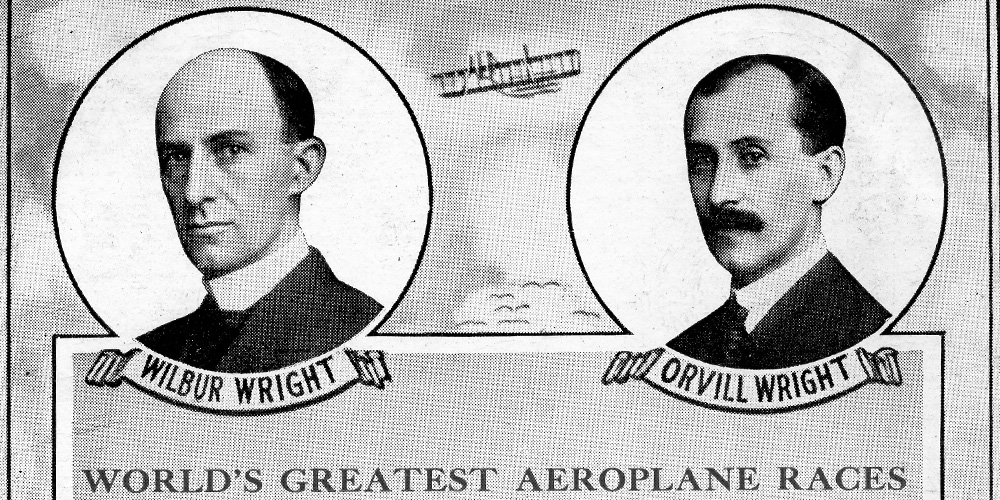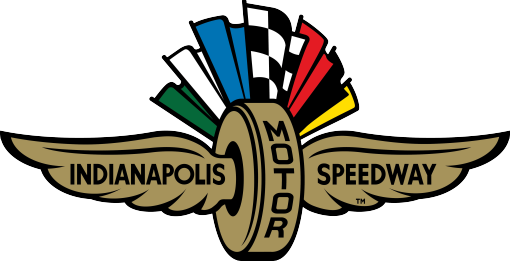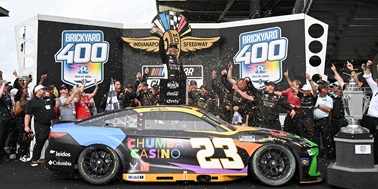The Indianapolis Motor Speedway added altitude to its status as the “Racing Capital of the World” in 2016 when the inaugural Red Bull Air Race World Championship event took place on a course over the infield of the IMS oval.
While the popular race weekend was new, the Red Bull Air Race was a case of back to the future for IMS. The very first competition at the Speedway in 1909 was an aerial event, and aviation played an important role in the infancy of the world’s most famous racetrack.
Aviation was at the forefront of the thinking of Carl Fisher, the driving force behind the creation and construction of the Speedway in 1909 and one of the four original owners of the track. Fisher envisioned IMS as a testing ground for both the nascent automobile and airplane industries in the United States.
Fisher was fascinated with aviation and formed the Aero Club of Indiana and became one of the first people the United States to hold a balloon pilot’s license.
IMS opened June 5, 1909 with a race between gas-filled helium balloons. Nine balloons rose from the Speedway grounds for the U.S. National Balloon Championship in front of a reported crowd of 40,000, confirming Fisher’s belief that aviation would capture the public’s imagination along with auto racing.
A balloon named University City won the event, landing 382 miles away in Alabama after more than a day in the air.
Fisher also competed in that first balloon event at IMS, piloting a balloon with his flying mentor, Captain George Bumbaugh. Fisher wrote a story after the race for the Indianapolis Star, detailing how startled farmers throughout the route fired guns at his balloon throughout its flight until it landed in Tennessee.
After that successful event, Fisher and his partners unsuccessfully tried to convince American aviation pioneer Glenn Curtiss to move his entire airplane manufacturing and flight business to IMS. Curtiss also started to manufacture motorcycles right after the turn of the century, and Fisher thought IMS also would be a good fit for that endeavor since the first event on the oval was a motorcycle race in August 1909.
Aviation continued to take center stage at IMS in 1910 with a week-long air display during from June 13-18. The Wright Brothers, who conducted the world’s first airplane flight in 1903, flew several of their aircraft in the exhibition.
The world record for flight altitude was broken twice during the event, as American pilot Walter Brookins set the mark after reaching 4,938 feet in a Wright Brothers’ airplane, just shy of a mile above the ground. Planes took off from a monorail in the IMS infield and also landed on a grass strip in the infield, probably not far from the back straightaway of the road course where Red Bull Air Race pilots now take off and land during competition.

Aviation competition stopped at IMS for a period after those initial events, but the facility still played an important role in America’s airborne effort in World War I.
IMS served as an aviation fuel depot during 1917-18, when the Indianapolis 500 didn’t take place due to the war. Experimental U.S. military aircraft also took off and landed in the infield during that span, as a barracks for American servicemen was located just south of the track, north of 10th Street.
Original IMS partner James Allison also formed the Allison Experimental Company in Indianapolis when America entered World War I, and the firm did extensive tooling and engineering of the Liberty engine used in American fighter planes over the skies of Europe during the war.
Competitive balloon events also took place in the early 1920s at IMS, the last aviation competition at the track until the inaugural Red Bull Air Race in 2016.
American World War I flying ace and Indianapolis 500 veteran Eddie Rickenbacker led an ownership group that bought the Speedway from Fisher and Allison in 1927 but focused on the continued growth of the Indianapolis 500 instead of looking to the skies for competition.
As the “500” became more popular in the 1920s, traffic jams among growing numbers of spectators became common on the roads leading to the track in Indianapolis.
Aviation aficionados and some wealthy spectators found a way around the clogged streets by flying to a field immediately north of what is now the “North 40” parking lot, just north of the Turn 3 and Turn 4 grandstands. This continued until the mid-1950s, when pilots started to use a field a bit farther north due to housing developments under construction near the track.
Shortly after America entered World War II in December 1941, Rickenbacker offered IMS to the U.S. government as an aviation facility, much like the role it served during World War I.
But planes became much faster and more powerful in the 23 years between the end of World War I and America’s entry into World War II. So the government declined Rickenbacker’s offer because the infield was thought to be too small to accommodate the landing and takeoff of these bigger, faster aircraft.
That decision caused Rickenbacker to close IMS from 1942-45. He sold the facility to Terre Haute, Indiana, businessman Tony Hulman in November 1945. Hulman named three-time Indianapolis 500 winner Wilbur Shaw, a keen pilot, as the track president.
Shaw appreciated the promotional tie-in of aviation and “The Greatest Spectacle in Racing” when he encouraged driver and flying instructor Harry McQuinn to deliver his team’s entry for the Indianapolis 500 by landing his small, single-engine plane on the main straightaway or in the infield of the track during the mid- to late 1940s.
Balloon launches and “glows” took place annually from 2009 through 2011 at IMS during the facility’s Centennial Era, paying homage to the history of balloon competition 100 years earlier at the track.
While not competitions, military aircraft flyovers remain a staple of Race Day festivities for major auto racing events at IMS.




